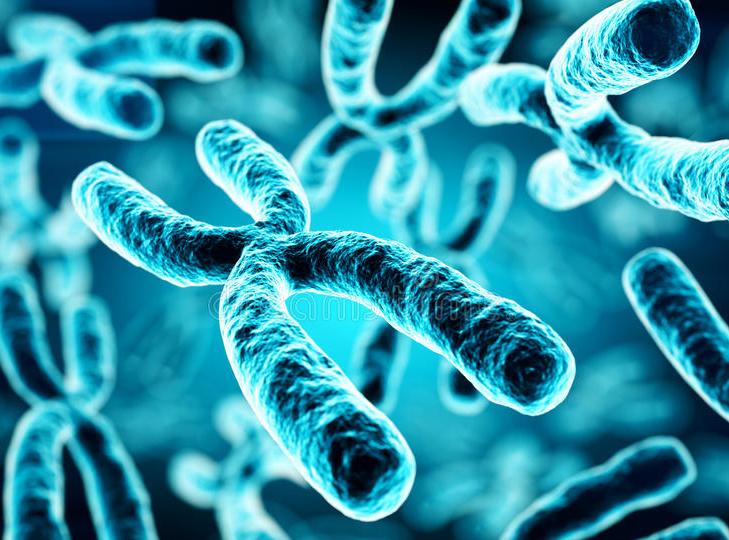Updated By: LatestGKGS Desk
Biology: Sex Determination in organisms, Mechanism of X-chromosomes & significance

Sex Determination in organisms and the role of the X-chromosome in sex determination
- Henking in 1891 could trace a specific nuclear structure all through spermatogenesis in a few insects, and it was also observed by him that 50 percent of the sperm received this structure after spermatogenesis, whereas the other 50 percent sperm did not receive it.
- Henking gave a name to this structure as the X body but he could not explain its significance.
- Further investigations by other scientists led to the conclusion that the ‘X body’ of Henking was, in fact, a chromosome and that is why it was given the name X-chromosome.
- Eggs fertilized by sperm having an X-chromosome become females and, those fertilized by sperms that do not have an X-chromosome become males.
- Due to the involvement of the X-chromosome in the determination of sex, it was designated to be the sex chromosome, and the rest of the chromosomes were named as autosomes.
- Grasshopper is an example of XO type of sex determination in which the males have only one X-chromosome besides the autosomes, whereas females have a pair of X-chromosomes.
- other insects and mammals including man, XY type of sex determination are seen where both male and female have a same number of chromosomes.


